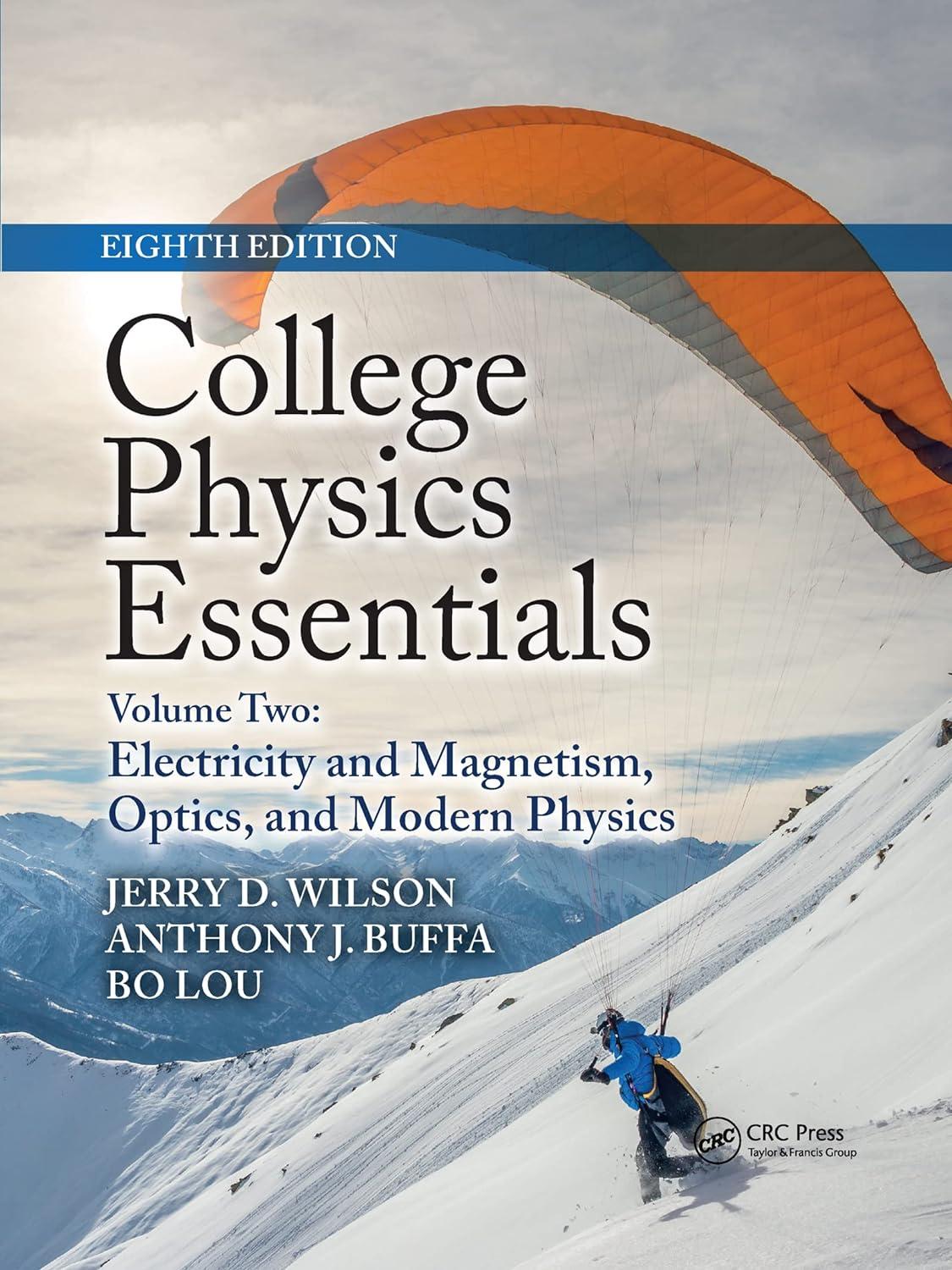A block of mass (m) hangs from a string wrapped around a frictionless, disk-shaped pulley of mass
Question:
A block of mass \(m\) hangs from a string wrapped around a frictionless, disk-shaped pulley of mass \(M\) and radius \(R\), as shown in - Figure 8.20. If the block descends from rest under the influence of gravity, what is the magnitude of its linear acceleration? (Neglect the mass of the string.)
THINKING IT THROUGH. Real pulleys have mass and rotational inertia, which affect their motion. The suspended mass (via the string) applies a torque to the pulley. Here the rotational form of Newton's second law can be used to find the angular acceleration of the pulley and then its tangential acceleration, which is the same in magnitude as the linear acceleration of the block. (Why?) No numerical values are given so the answer will be in symbol form. 
Step by Step Answer:

College Physics Essentials Electricity And Magnetism Optics Modern Physics Volume Two
ISBN: 9781032337272
8th Edition
Authors: Jerry D. Wilson, Anthony J. Buffa, Bo Lou





